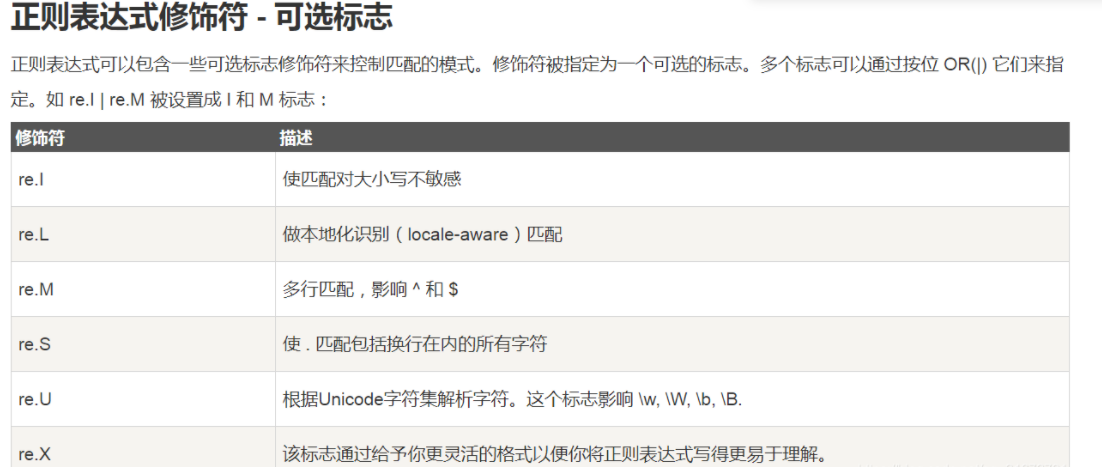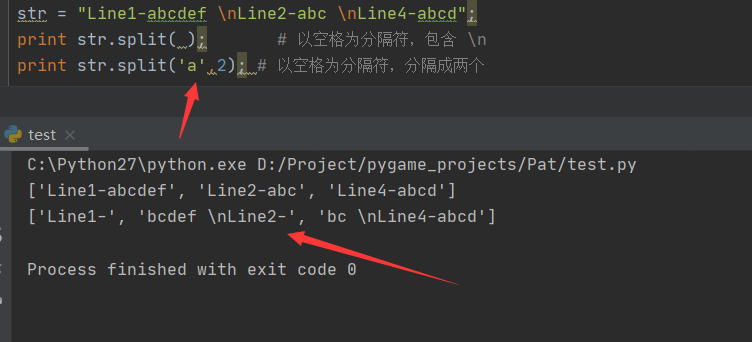subject
"Correct answer" is the most gratifying reply given by the automatic question judgment system. This question belongs to PAT's "correct answer" distribution - as long as the read string meets the following conditions, the system will output "correct answer", otherwise it will output "wrong answer".
The conditions for getting "correct answer" are:
- There must be only P, A, T these three characters cannot contain other characters;
- Arbitrary shape such as xPATx All strings can get "correct answer", where x Either an empty string, or just letters A String composed of;
- If aPbTc Is correct, then aPbATca It is also true that a, b, c Are either empty strings or are composed of only letters A A string consisting of.
Now please write an automatic referee program for PAT to determine which strings can get the "correct answer".
Input format:
Each test input contains 1 test case. Line 1 gives a positive integer n (≤ 10), is the number of strings to be detected. Next, each string occupies one line. The length of the string does not exceed 100 and does not contain spaces.
Output format:
The detection result of each string occupies one line. If the string can get "correct answer", it will be output YES, otherwise output NO.
First analyze the three conditions
1: It contains three characters of PAT, and there can be no other SDAD, etc
2: In other words, PAT, APATA, AAAPATAAA and n*APATn*A are all correct
3: Both aPbTc and aPbATca are correct. Let's see if PT is segmented
That is, aP b Tc ~~aP bA Tca is actually equivalent
Because this is a string, so look at the last c and ca and think about whether there may be a multiple relationship
Then a, b and c are either empty or n*A
Combined with the correct answer of the example
The front of P is called segment a, the middle of PT is called segment b, and the back of T is called segment c
That is, the n*A represented by the length of segment b multiplied by segment a should be equal to the following segment c
That is:
c = len(b)*a
We can use this inference for data matching, so regularization is the best method
Definition of regular:
Here you need to use:
*Represents 0 or infinite extensions of the previous character
+One or infinite extension of the previous character
The matching rule is A*PA+TA*
.Represents any single character
[ ] Character set, which gives the value range of a single character [abc]express a,b,c [a-z]express a reach z All single characters of
[^] A non character set that gives an exclusion range for a single character [^abc]Indicates non a or b or c Single character of
* Zero or infinite extensions of the previous character abc*express ab,abc,abcc,abccc etc.
+ One or infinite extension of the previous character abc+express abc,abcc,abccc etc.
? Zero or one extension of the previous character abc?express ab,abc
| Either left or right expression abc|def express abc,def
{m} Extend previous character m second ab{2}c express abbc
{m,n} Extend previous character m to n Times (including) n (Times) ab{1,2}express abc,abbc
^ Matches the beginning of a string ^abc express abc And at the beginning of a string
$ Match end of string abc$express abc And at the end of a string
() Group mark, which can only be used internally|Operator (abc)express abc,(abc|def)express abc,def
\d Number, equivalent to[0-9]
Then you need to use PT segmentation, that is | [P|T]
split segmentation method
re.split segmentation is different from general split
re.split(pattern, string[, maxsplit=0, flags=0])
pattern: matching string
String: the string to be segmented
Maxplit: number of separation times. The default value is 0 (i.e. unlimited times)
flags: flag bit, which is used to control the matching method of regular expressions, such as case sensitivity, multi line matching, etc

The general split is
str.split(str="", num=string.count(str))
str = "Line1-abcdef \nLine2-abc \nLine4-abcd"
print str.split( ) # Space delimited, including \n
print str.split(' ', 1 ) # Separate into two with a space as a separator
- str -- separator, which defaults to all empty characters, including spaces, line breaks (\ n), tabs (\ t), etc.
- num -- number of divisions. The default is - 1, which separates all.
Here, it is divided twice with a as the delimiter

So the code is:
import re def check(n): s = list() for i in range(0, n): s.append(input()) for i in range(0, n): if re.match(r'A*PA+TA*', s[i]): # Write regular matches based on inference a = re.split(r'[P|T]', s[i]) # adopt split with PT It will be divided into three parts # a paragraph b paragraph c paragraph if a[2] == a[0] * len(a[1]): print('YES') else: print('NO') else: print('NO') if __name__ == '__main__': n = int(input()) check(n)